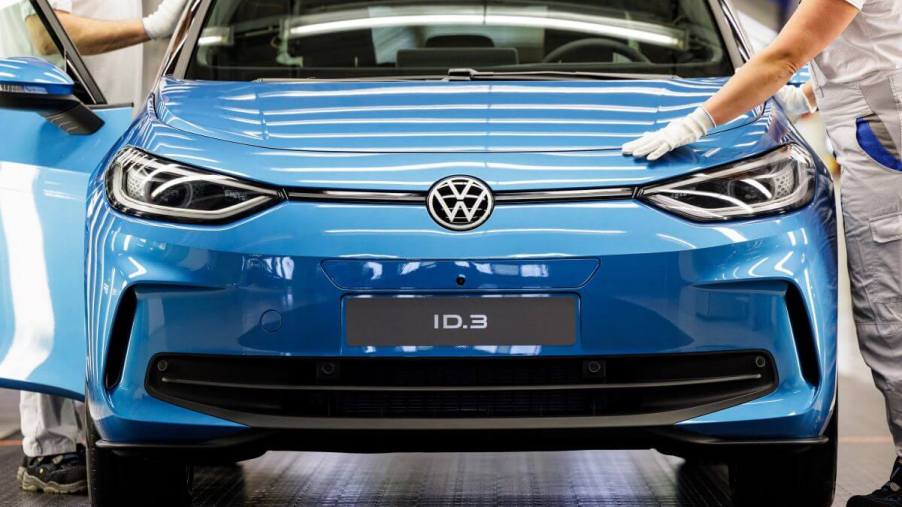
What Is Benchmarking, and How Do Car Companies Use It to Improve Their Vehicles?
“Benchmarking” is a practice that occurs across most businesses and industries. In fact, you probably own several items that have been “benchmarked” in some way. However, many are unfamiliar with what the term entails. So, in reference to the automotive sector, what is benchmarking, and how do automakers use it to improve their cars and other products?
What is benchmarking?
In a general sense, benchmarking is comparing a product, service, methodology, or practice against either a competitor or to a generalized standard. For instance, a hospital may benchmark its ER wait times against a national standard or perhaps another area hospital.
In the automotive sector, benchmarking is used by automakers to compare their current or future products to those of their competitors, according to Hexagonmi. By comparing products, which can often entail taking a competitor’s car apart and studying its components, automakers can study engineering or design features to streamline their products, decrease manufacturing time/costs, and improve their overall quality or performance. Using benchmarks can also increase user satisfaction among that vehicle’s owners, test safety features, or use another car as a basis for the types of features the specific car should have.
Benchmarking can also be more general. A sports car manufacturer, for instance, could use its competitor’s 0-60 mph time of 3.2 seconds as a goal to achieve or beat. Or, it could study a rival car’s road-holding ability, either perceived or through data — like the amount of g forces it can sustain — to serve as aspirational goals for its product. Even styling cues can serve as benchmarks for the kind of “look” an automaker hopes to achieve through a vehicle’s cabin or bodywork.
Additionally, benchmarks can serve as general guidelines. For example, how much cargo space the average subcompact SUV provides or what driving range the typical compact all-electric sedan achieves.
Effectively, automotive benchmarking helps manufacturers ensure their products have the best possible metrics, either for the company or its customers, while engineering new, updated, or future cars, trucks, and SUVs.
Colloquially, a particular model may be the “benchmark” of its segment — having all the best characteristics of the model type that its rivals hope to achieve.
How is automotive benchmarking conducted?
OEMs (original engine manufacturers) can conduct their own benchmarking, but many turn to the assistance of third-party companies that specialize in the craft. Two of the most prominent companies in this real are AB Dynamics and Caresoft Global.
AB Dynamics, headquartered in the United Kingdom, conducts benchmarking for some of the world’s most prolific OEMs. The company performs suspension, chassis, and steering system development, dynamics testing, evaluation of driverless technology, and advanced safety system development. The company incorporates driving robots into its testing to account for driver variability. It also uses a Suspension Parameter Measurement Machine to study a car’s ride qualities and a steering test system to evaluate the correlation between steering input and wheel movement.
Caresoft Global offers a digital benchmarking approach by creating what it calls “Digital Twins,” effectively scanning a car and its components to make a complete vehicle, three-dimensional CAD model. The company also conducts more traditional “teardown” studies of a car’s components, providing a bevy of analytical data.




